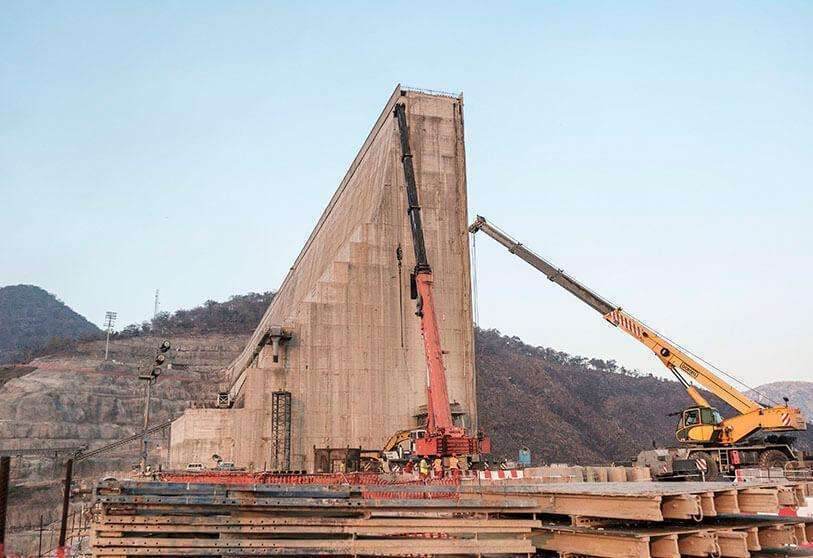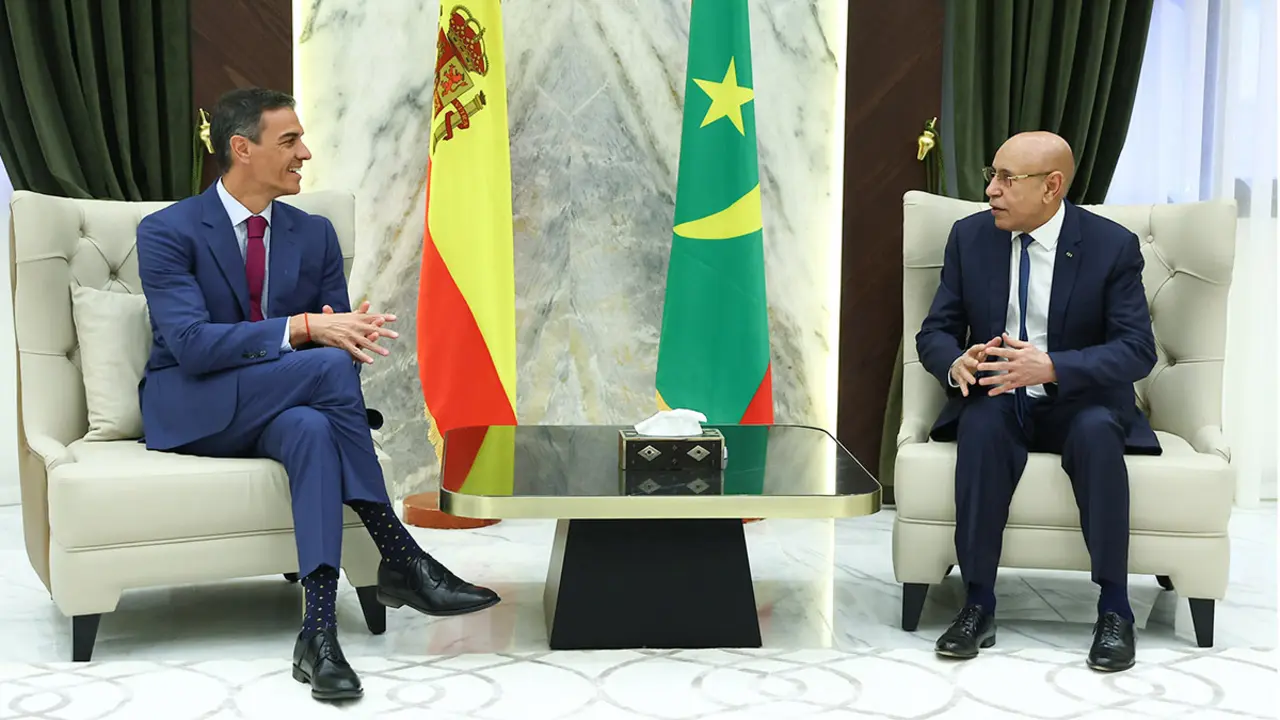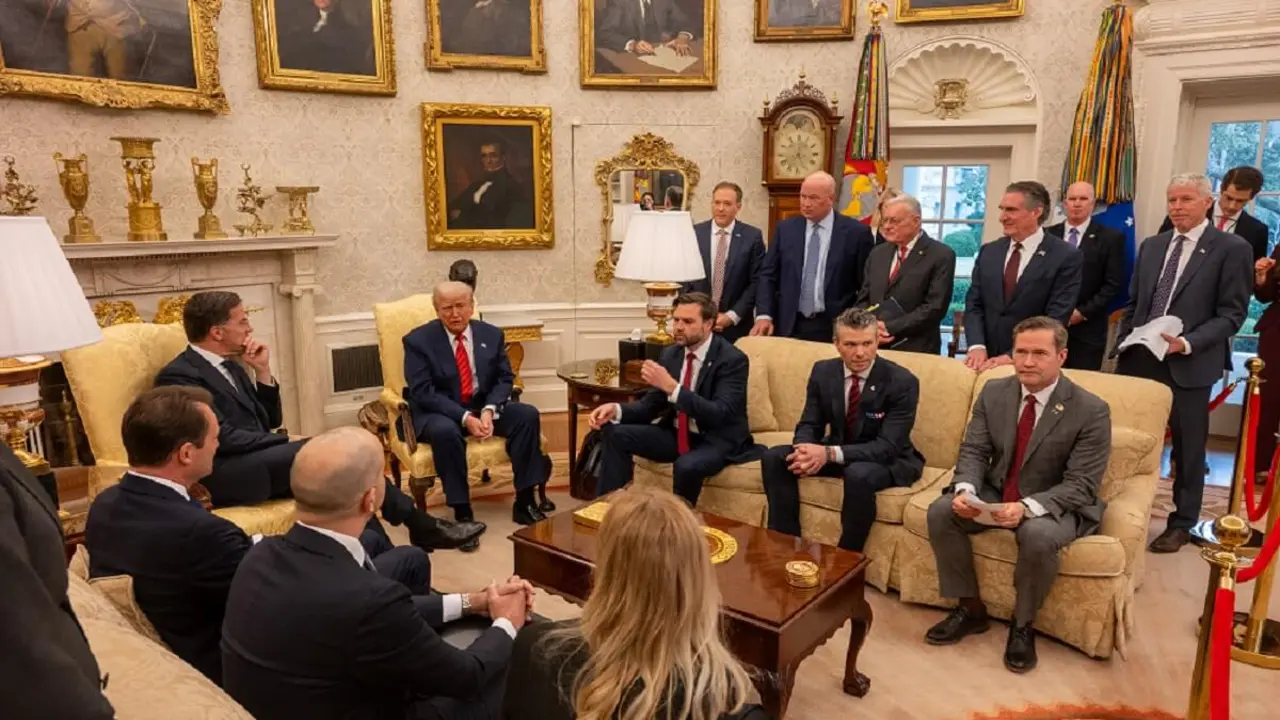The filling of the Great Dam of the Renaissance in the Nile triggers anger in Egypt

"I think the world understands that the dam is a turning point for Ethiopia's progress in standing on its own feet and defeating poverty". With these words, Ethiopian Prime Minister Abiy Ahmed announced on Wednesday that his country's authorities had carried out the filling of the controversial Great Dam of the Renaissance on the Nile "without harming anyone". The announcement by the Horn of Africa nation has sparked anger in Egypt, prompting a wave of protests amid a pandemic that has left more than 89,745 confirmed cases and at least 4,400 dead in the country.
In an official statement issued by the Ethiopian television channel Fana, Abiy Ahmed congratulated the Ethiopians on the completion of the first year of filling the Great Ethiopian Renaissance Dam (GERD) being built by Addis Ababa on the Blue Nile River. "I would like to congratulate all Ethiopians for bringing our dam to this level through our joint efforts," he said.

The three riparian countries involved in the construction of this dam - Egypt, Ethiopia and Sudan - held a meeting on Tuesday in which, according to Addis Ababa, a "great understanding" was reached that paved the way for a decisive agreement. During this trilateral meeting, the affected nations agreed to continue technical negotiations on the filling in order to reach a comprehensive agreement.
Ethiopian President Sahle-Work Zewde also applauded the filling and said that this Wednesday was "a historic day for Ethiopia and for Ethiopians. Our dreams are coming true". "Nothing is impossible if we join hands," she added, stressing that the dam filling is a "great victory" for all those working to make Ethiopia "a source of peace and stability.
However, the images showing the filling of the dam amidst the diplomatic dispute between the three countries have provoked anger in Egypt, where hundreds of people have turned to social networks to show their concern and criticise Ethiopia's decision. Thus, through Facebook and Twitter, thousands of people have expressed their discontent and have described the statements of Addis Ababa as "provocative".
The debate about the filling of this dam has been transferred to Twitter and has been led by photos of the Egyptian Army or with the hashtag Nile4Us. In response to this controversy, the Sudanese Prime Minister has said that while the Nile is for everyone and Ethiopia has the right to pursue its development ambitions, it should do so through an agreement that respects international law. "Sudan is working seriously with its partners to reach an agreement that will secure the interests of Ethiopia, Egypt or Sudan," he said in statements that were recorded by Al Arabiya.
"There will be further negotiations," said South African President Cyril Ramaphosa, who chaired the African summit that took place over the past few days to advance negotiations on the dam. "The trilateral negotiations are still on track, and I want to thank all the parties involved for their commitment to finding African solutions to African problems," he said through the social network Twitter.
The official statement announcing the filling of the dam by Ethiopia was issued several hours after the end of an extraordinary meeting organized by the African Union (AU) to lower tensions between the three riparian countries affected by the facility. According to this same document, which does not specify when this process began and ended, the Ethiopian Executive explains that the abundance of rainfall in the region favoured the fulfilment of this first phase.

The last official round of negotiations took place between 3 and 12 July without an agreement being reached on the filling of this dam. Egypt, which depends almost entirely on the Nile River for its fresh water, fears that the dam will reduce its water supply, as does Sudan, while Ethiopia hopes to become Africa's largest energy exporter once the Great Dam is completed.
At present, Ethiopia is financing the 4.5 billion project with the aim of becoming the largest generator and exporter of electricity on the continent. According to the BBC, when this dam is operational it will generate 6,000 megawatts, making it the largest hydroelectric dam in Africa. It will also have the power to provide energy to some 65 million Ethiopians, who currently have no access to a regular electricity supply.
The conflict facing these three nations began in May 2011 when Ethiopia began building this press. In 2015, the three countries managed to reach a consensus and sign the Declaration of Principles, whereby the nations around this dam should not be affected by its construction. Despite the progress and apparent stability, in October 2019, Egypt blamed Addis Ababa for allegedly obstructing the final agreement and called for the activation of Article 10 of this declaration which states that if the three countries cannot find a solution to certain disputes they should resort to mediation. The dialectic war between these three nations has repeatedly stalled negotiations to reach an agreement on the dam.
Meanwhile, Egypt has decided to launch a series of projects to reduce the impact of Ethiopia's dam filling. Thus, according to statements to which Middle East Monitor has had access, the spokesman for Egypt's Ministry of Water Resources and Irrigation, Mohammed El Sebaei, has said that the projects are mainly related to the rationalization of water use. One of the initiatives aims to provide new equipment to help reduce the consumption of "blue gold" in households.








